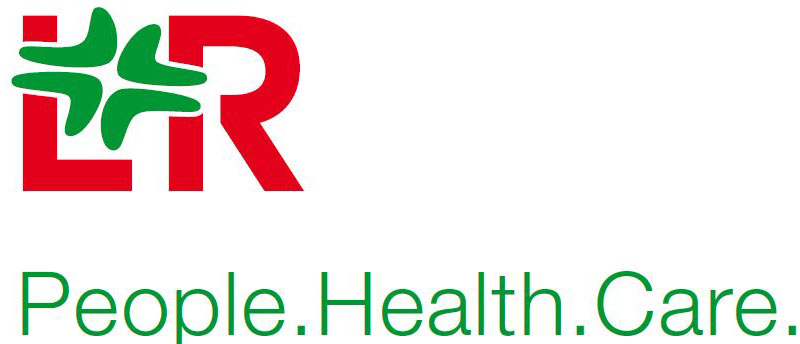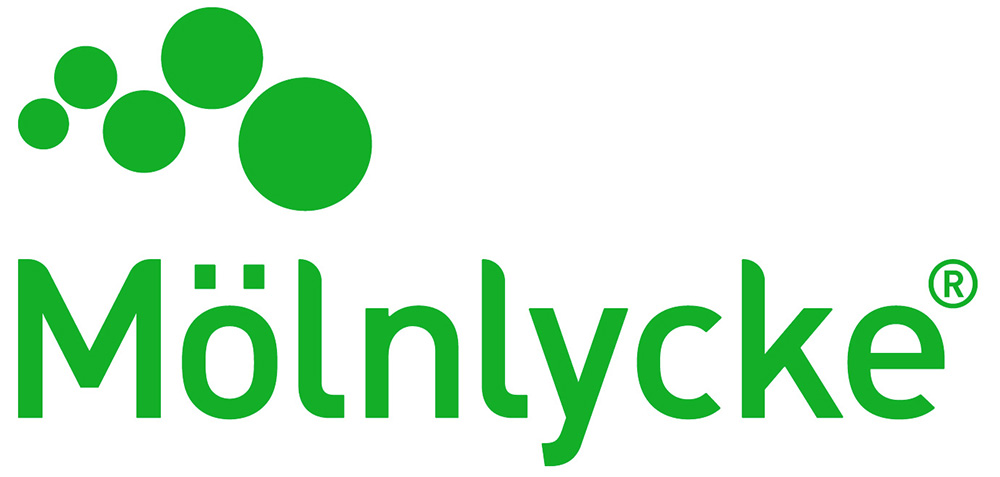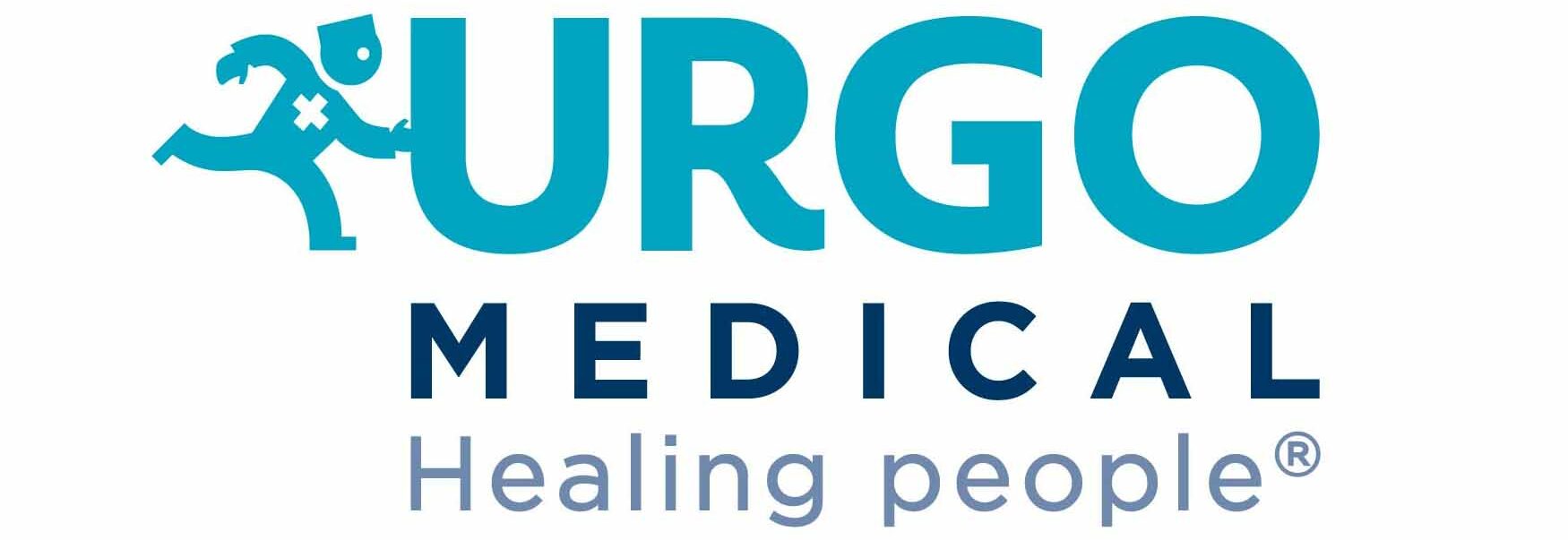Yaping Lian

Yaping is a Tissue Viability Nurse Specialist and a PhD researcher at the University of Leicester. She holds the position of NIHR Pre-doctoral and Doctoral Clinical Academic Fellow. With over a decade of experience, her research interests encompass the design of interventions to enhance the implementation of compression therapy for inpatients with venous leg ulcers.
Utilising qualitative research methodologies, she aims to elucidate the barriers and enablers associated with the utilisation of compression therapy in acute hospitals. Furthermore, she seeks to apply Behaviour Change Theory and the Theoretical Domains Framework to enhance clinical practice within NHS hospitals.
Free Paper and Poster Presentation (Research category) at The Society of Tissue Viability 2025 Conference
Optimising Compression Therapy fOr inPatients with venous UlcerS. Providing compression therapy in NHS hospitals
Abstract
Background – Venous leg ulcers (VLUs) affect over 270,000 people in the UK costing the NHS around £2 billion annually. VLUs can last for many years, and they are painful and distressing to patients and more common in people over 65 years old. VLUs need compression therapy treatment, however, this is often not provided to hospital inpatients with VLUs in the UK.
Aim – This research aims to understand the barriers and enablers of hospital clinicians using compression therapy in NHS hospitals.
Methods – Semi-structured interviews were conducted with hospital clinicians and senior managers
working in NHS hospitals in England and Wales. The hospital clinicians include Tissue Viability Nurses, Vascular Nurse Practitioners, Vascular Nurse Specialists, Vascular Consultants and other clinicians. Interviews were inductively analysed using thematic analysis as the first stage of data analysis.
Results – Twenty-three interviews have been conducted, involving twelve participants who provided compression therapy and eleven participants who did not. When delving into the dataset of participants who provided compression therapy, it becomes inherently challenging to define the concept of ‘providing’ or ‘not providing’ compression therapy within the context of hospitals.
Discussion – While hospital clinicians may assert that compression therapy is available to inpatients with VLUs, its practical application often reveals a different reality. The data suggests that compression therapy is frequently applied selectively, largely determined by chance rather than consistent clinical criteria, which benefits only a subset of patients. This is exemplified by three themes arising from analysis ¾ ‘Inequity of Access for Venous Care in Hospitals’, Illness Identity and Priority and ‘Blind Spot in Healthcare System’. Nevertheless, the data also reveals that hospitals providing compression therapy share a distinct theme: ‘Driving Implementation Despite Challenges’.














